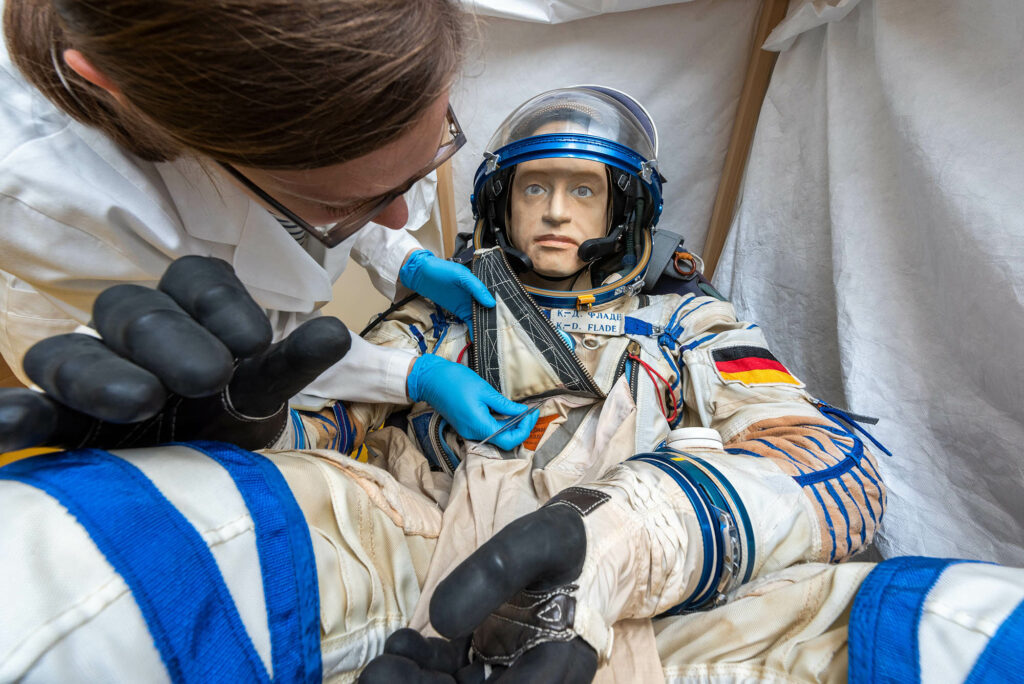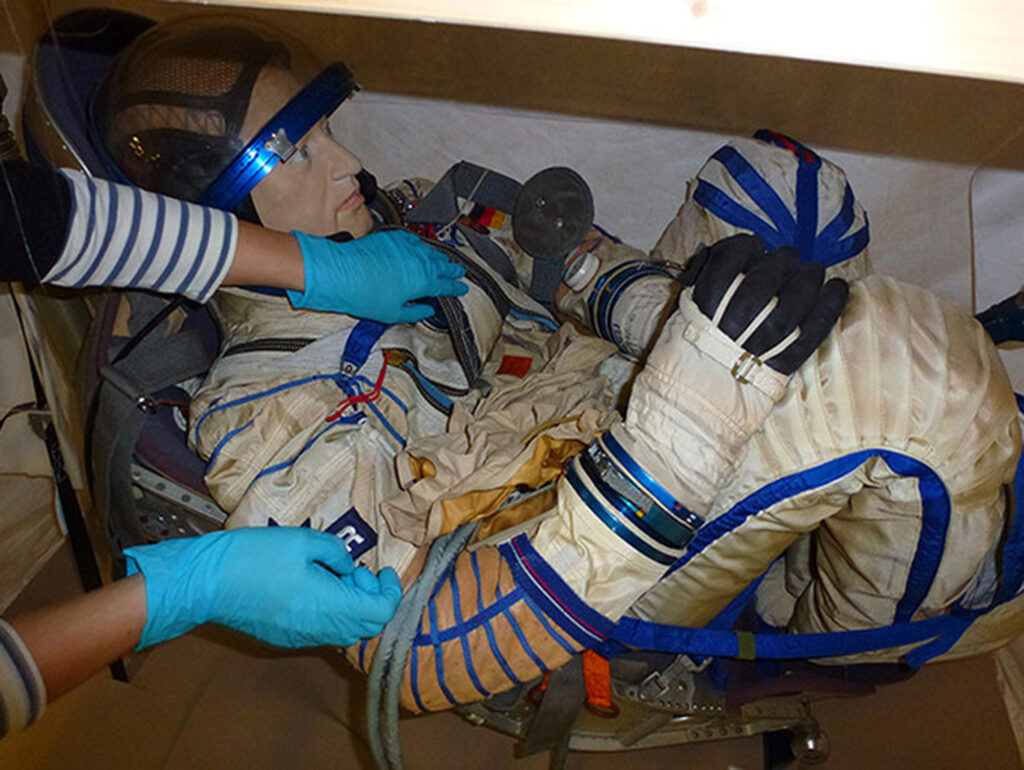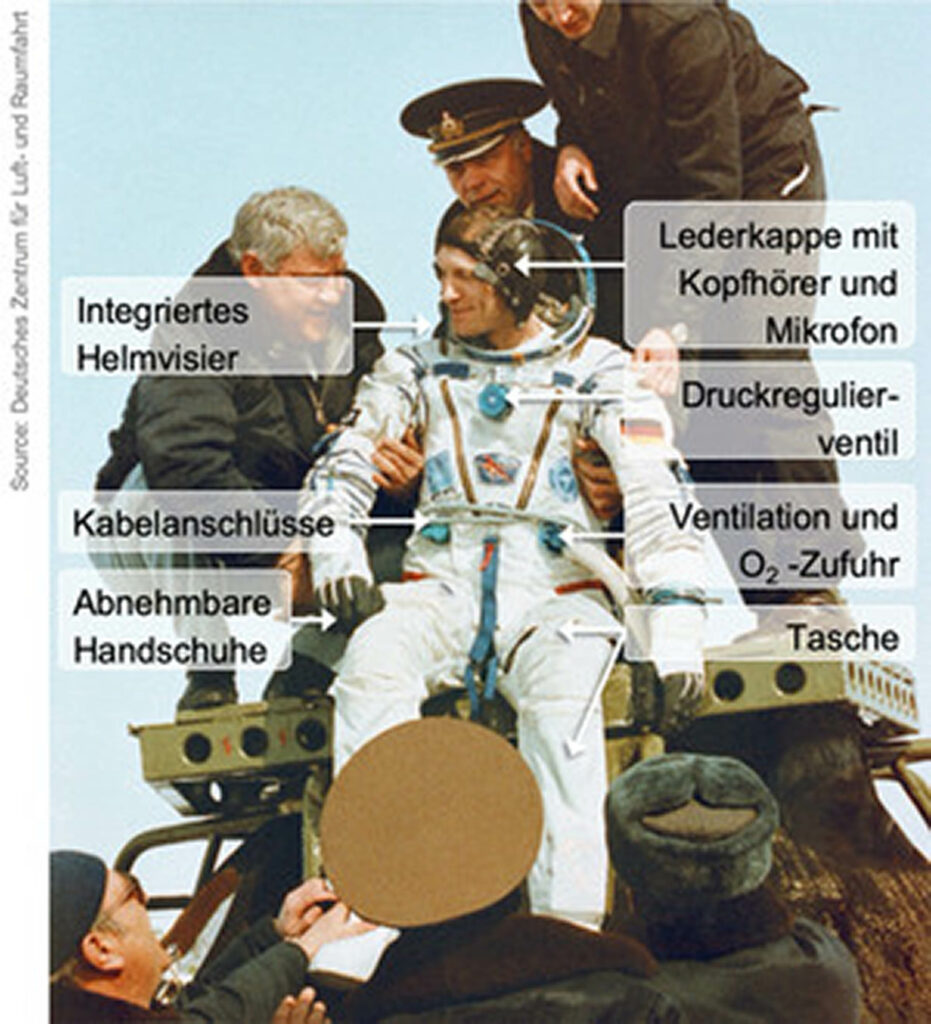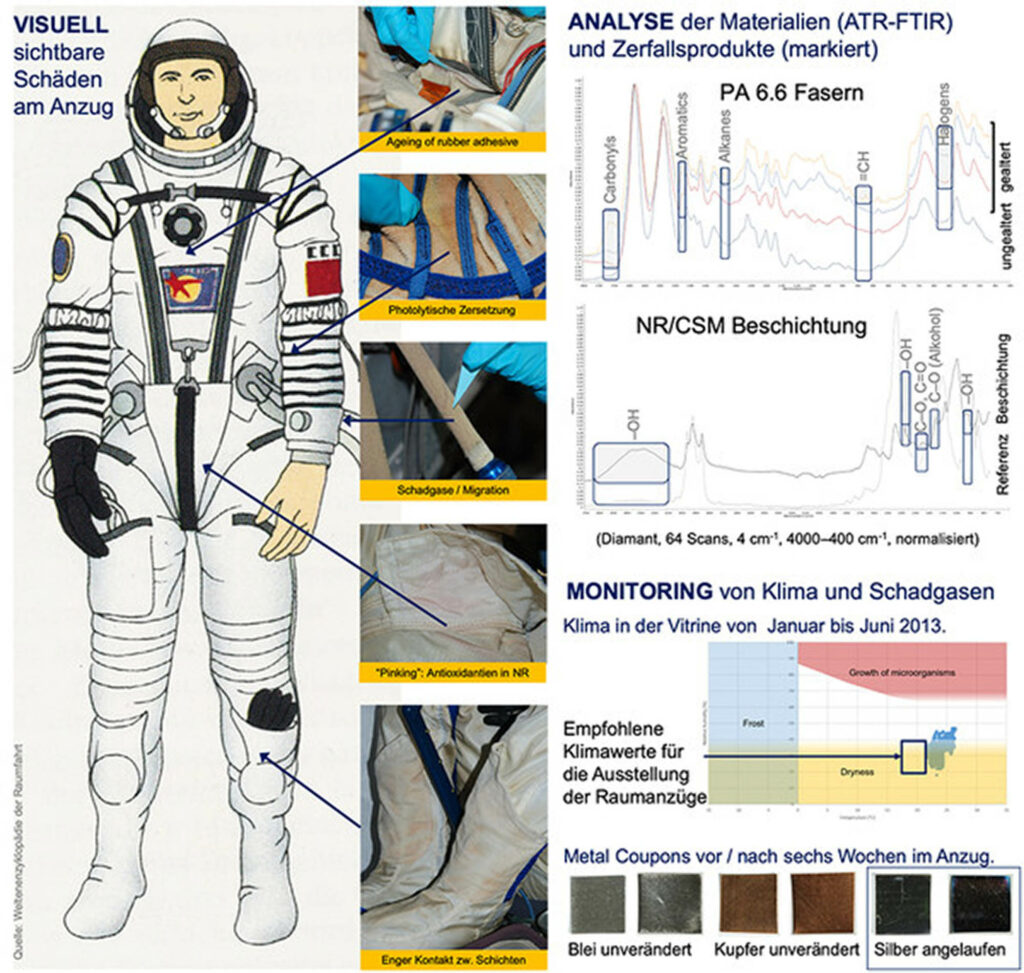Spacesuit Worn By German Astronaut On His Journey To A Russian Space Station Lands In Museum For Restoration
A spacesuit that was once worn by a German astronaut during his journey to the biggest space station in existence at the time is now being prepared for display at a German space exploration exhibition.
German pilot and former German Aerospace Center astronaut Klaus-Dietrich Flade, 68, wore the spacesuit in 1992 when he visited the MIR space station.
However, the suit has now ‘landed’ at the Deutsches Museum in Munich where it will be exhibited after its restoration.

Head of the object restoration and research department Marisa Pamplona, 43, is leading the team at the museum tasked with restoring the Russian made spacesuit which has begun to show signs of ageing.
In a statement obtained by Newsflash, Pamplona said that the suit has started to become discoloured with the white slowly turning yellow.
She said that the team’s aim is to find out how the suit which was made by the Russian company Zvezda LLC can be maintained for as long as possible.

Klaus-Dietrich Flade was a German pilot turned German Aerospace Center astronaut who became the second German to visit a space station when he visited the Russian MIR space station.
The MIR space station was the world’s first modular space station and was assembled in space between 1986-1996.
MIR was the largest artificial satellite in orbit at the time and the first continuously inhabited long-term research station in orbit which was used for experiments in biology, human biology, physics, astronomy and meteorology.

Charlotte Holzer, a member of the restoration team, said: “First examined which components the spacesuit was made of – and took small samples from each.”
She believes that the suit is becoming discoloured because of a combination of gases and light that has discoloured the suit in some places.
She added: “In the folds, where there is less exposure to light the suit has maintained its colour better.”

To avoid further damage to the suit the team plans to showcase it in a glass box equipped with fans and pollutant absorbers whilst being illuminated with an LED light.
Flade’s suit is expected to go on display at the museum as part of a larger space exhibition at the end of this year (2021).



